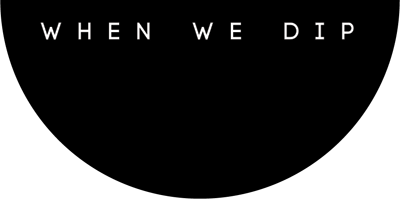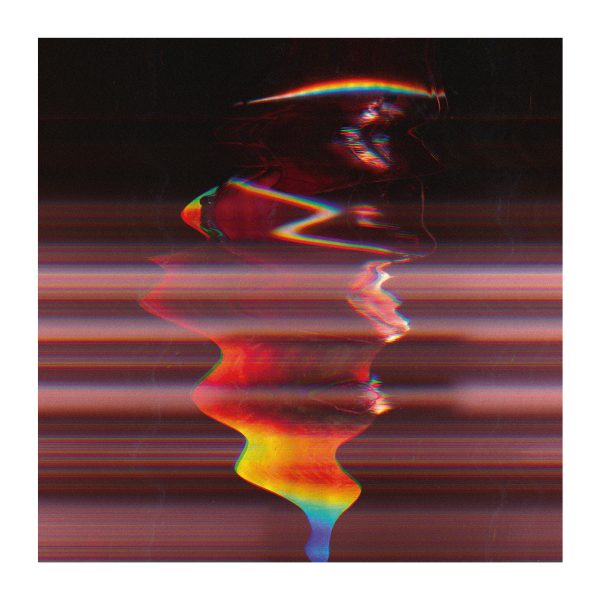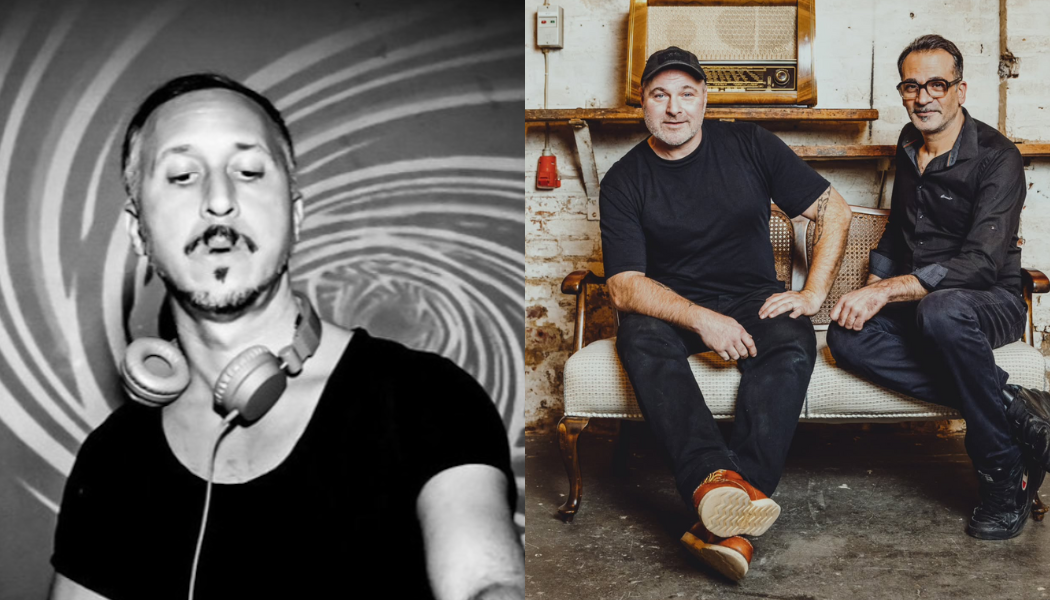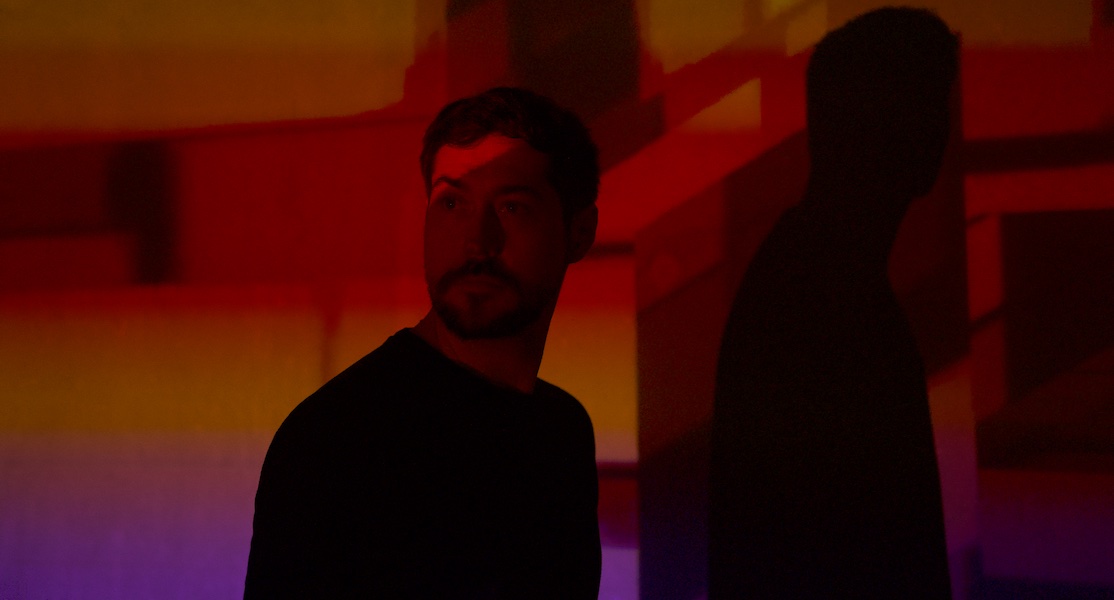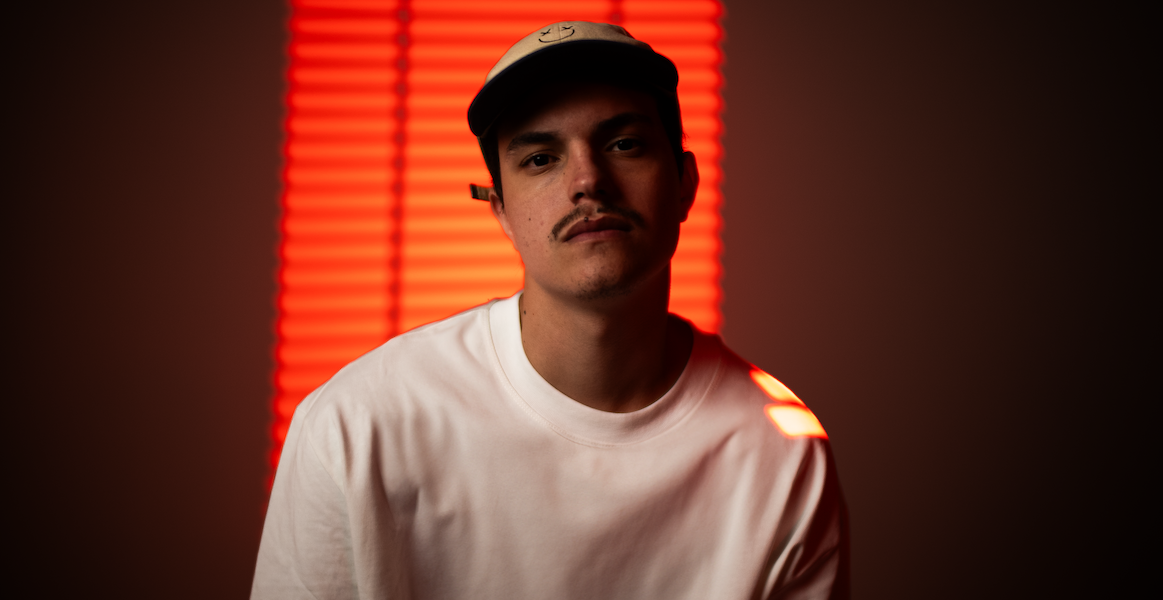After the summer break Siamese reveal their next record. Switzerland born, Shiffer, who surfaced on the first Siamese Anthology in 2017, is returning with a full EP, ‘Soul Masks’. Far away from trends and expectations, Shiffer is creating unique dance music with a certain depth and warmth. The EP is also featuring a great remix from The Drifter that was successfully tested on various grounds on the road.
On the A-Side there’s both the original and remix of ‘Ourself Behind Ourselves“. While Shiffer’s original relies on its groove and trippy sounds topped with a beautiful flute like melody, The Drifter takes things up a notch goes for a straighter more clubby approach. On the flip ‘Soul Masks’, the title track of the EP, is one of Shiffer’s more energetic peak time club tracks, while not losing his dedication to details and groove. Followed by ‘Waiting Hidden Spheres’. You can listen to the full premiere of the remix from The Drifter while reading the long interiew we did with Shiffer.
WWD: Hi Patrik, how did you start your day and what setting does this interview find you in?
My start of the day was good. This Saturday finds me sitting in my studio in Basel working on some new material. I found a band from town called YAYA, and we’re working on some electronica, maybe ambient.
WWD: How often would you be in the studio on a day like this? How much time do you tend to spend there?
In the future, I would like to do an album, so I’m writing a lot of music. I don’t want to do strictly techno or house. The way my work starts, is me sitting here and playing around with my machines. Without BPMs or a set tempo, just jamming around and doing some crazy noises or melodies. I have my own way… I really want to work free. Then it develops into a track I didn’t expect for. It starts with having fun and ends in serious arrangements.
To answer the second question, at the moment I spend 60% of my time working towards paying my bills, and every afternoon I’m in the studio for about four hours.
WWD: How many recordings, sessions, arrangements or productions – whether finalised or in progress do you have to date?
I write between 50 to 80 tracks a year, and I really want to finish the tracks, even if they’re bad. I have to do it for myself. Maybe it’s not the right time to release a track right now, but in possibly three or four years down the line, it becomes more relevant. Most of all, I just want to finish them to feel the closure.
WWD: What do you do in your day job? And what influence does that have towards, shall we say, the other side of you?
I’m a graphic designer but not a graphic designer in the traditional sense. I worked with a lot of exhibitions like Baselworld, or Art Basel, designing the environment for the exhibition stands. I used to work in a really big company but then realised how I loved the job but hated the stressful environment. The main reason I decided to leave was that the construction workers I had to work with to build the exhibition stands were paid really badly.
I couldn’t stand for that. Mainly, because most of my family in the countryside outside of Basel are working in the construction field. That made me realise it wasn’t right for me to continue working there and promoting that. I quit and decided to set up my own freelance agency. Now I do a lot of graphics for different purposes, contracting with agencies.
WWD: Speaking of graphic design, you’ve been credited for doing several cover artworks, including your first release on the Siamese Anthology VA. How do you find the connection between the music and the artwork?
Yeah, I do all the covers for Siamese Records and I know Adriatique for about 3-4 years now. I met them at a time when they were starting the label, and when having heard my music, they wanted us to work together and release some of it. I then got looped into working on the graphics and the logo, when the Adrians found out I was a graphic designer.
The covers are all made with scanners – scan art. So when they first introduced me to it, I was fascinated by the idea. The covers are the raw arrangements we place on the scanner, not photoshopped or edited. I went home that day and my head was f*cked by the idea. I bought a scanner of my own and spent days like a mad professor experimenting with crazy arrangements, I then knew it was something special.
Generally, I don’t have a clear connection between the artwork and the music. To me, it’s the same as a jamming session but in art. We’ll have these moments when we produce a number of scan arts, drop them in a folder, and then for new releases, we’ll take the artwork that matches best with the track. There should be no borders between music and other types of art.
WWD: Makes a lot of sense! We’d be interested to know more about your background. How far back does your relationship with music go? And how would you say your past experiences, and background shaped up your music?
That’s a really good question because what I always see on Resident Advisor in artist descriptions are stories like “When I was 5 years old I was a drummer and a pianist, and my father was in a band, and I am the biggest musician on the planet”. My story is not like that at all. I loved music as a child, I had some piano lessons, but mostly I played a lot of football. When I was around ten years old, I got a CD from a friend with stuff like David Morales, Daft Punk and even Benny Benassi and I was really stunned. I loved this kind of music. That was my first moment of fascination with it. Then, at the age of 15 or so, I went to see a friend deejaying in a club. I shouldn’t have been there but I remember being shocked by how loud and crazy it was. Everybody was sweating and dancing and I absolutely loved it.
WWD: Speaking of first club experiences… the first events featuring your name on Resident Advisor date back to 2013-2014, the “Donnerstags” – a Thursday party series in Nordstern. How did you introduce yourself to the scene?
That was the time I played for a few years together with Oliver Spiess. We grew up together and experienced electronic music together in our early years. We set up this little studio in his parents’ basement, where we used to do some vinyl sessions. From there on, the first gigs were in smaller parties in Basel. Later, we got in touch with Nordstern and had a lot of great nights playing in the old club. It was really a great experience. But it was also the time when I found my place in the scene. I realised how I don’t really like being on stage. It’s really stressful for me as I’m a nervous guy. I came to the conclusion that I really love producing but am not much of a DJ.
WWD: What’s the story of your initial connection and how did you start working with Adriatique?
Yeah, that is also a good story. One night, a while back Adriatique played here at Nordstern, Basel, with Martin Buttrich. And Martins traktor interface was broken, which we had in our studio we set up with my friend Oliver Spiess and Gianni Callipari. We got asked by the guys from Nordstern to bring it for the night and got invited to the dinner with Adriatique and Martin Buttrich. It turns out afterwards, my tracks got sent to Adriatique, and I had no clue. The following week I was on the way to the studio on my bike when I got a call from Adrian Schweizer who said they thought the music was really good and I had to release it on the label they were planning. That was a moment that really changed everything.
WWD: So from when you started collaborating with Adriatique, would you say they had any impact or influence on your creative process? What’s the most notable learning you drew out of working with them?
I haven’t had the chance to learn a lot from them production-wise, as we didn’t spend much time together in the studio; just a few short jamming sessions. But what I learned a lot of, is how the scene works: labels, people, pre-masterings, masterings and how everything matches together. The second thing I learned from them is how stressful the touring life is and how much energy it takes out of you.
WWD: You talk about how you don’t really like being on stage. So far, you’ve had a minimal promotional presence online as an artist, is that intentional?
For me, the promotional thing is more that, if you have nothing special to say then you shouldn’t. Everyone wants to be in the centre of the universe but ends up saying the same things. I’d rather shut up than say something unoriginal that’s been heard for the 5th or 100th time now. I share things when I think it’s important.
I’d love to earn money from this, though the answer is a tough one for me. To make money you have to DJ, but I don’t like DJing. So if sticking to production means I’m only a small artist, I’m fine with that. Maybe in the future, I can make it to a certain level but I like being a small fish for now, and being a bit underrated. It means when I decide to say something then the input and output is much greater.
WWD: Going back to your own stuff… your first EP entitled “Soul Masks” is scheduled for publication on the 19th of November. What are your expectations for the release and how do you wish for it to be received?
I don’t really have expectations. I want people to have fun with it and, of course, like it. My aim isn’t for it to be received as main time tracks. I’m not looking for the hype, but rather for the listeners to hear the details in my music. From there, I want them to understand what I want to tell, as it’s coming from my deepest feelings. My intent is to write tracks that are timeless. The last track, Waiting Hidden Spheres is nearly three years old, and even now, three years later, I still like it.
WWD: What is the main message behind the tracks? Or is that something you’d like each listener to interpret in their own way? Was there something specific going on in your life at the time when you produced the tracks?
I really don’t have a straight message or relate the tracks to a specific phase in my life. The correlation is mostly with certain amplified moods. I need to either be super sad or super happy to write good music.
When working, I have these catchy moments when I play a riff or do something intricate with a machine. Then the realisation hits that I’m onto something. But I only get these moments maybe every half-year. Coincidentally, yesterday I experienced that moment again.
WWD: Caught you at a very high peak! Do you have a particular subset of friends or artists who you send the early arrangements to in order to gather feedback? If so, can you name anyone?
Yes, I usually send the tracks to my Basel friends first. Yare, DJ Le Roi, Oliver Spiess, my good friend Night Talk, and Adriatique, of course.
WWD: Were there any inspirations you can pinpoint that influenced the EP both music- and artwork-wise? Any more specific examples you could give leading on from your previous answer?
Yes, maybe the track titles. Ourselves Behind Ourselves or Soul Masks are driven out of the experiences that people are not who they portray themselves to be… they cover their souls with a mask. The idea of Ourselves Behind Ourselves is rather dark and hard hitting in the beginning, but then the melody carries on bringing some love and catchiness with it. Most of the people are quite harsh at first, especially in the scene, but after a while, they show their true face to you. Most are not true to themselves, which makes me miss the realness of people.
In my case, the example is DJing. I don’t like to DJ, so I don’t see why I should do it. If I don’t do it with passion, the crowd can possibly feel that I don’t want to be there. I’d rather sit in the studio writing music… it’s what I love. So the main message in my view is that we should simply be ourselves.
WWD: What would you say was the most critical piece of equipment used in the making of the upcoming EP?
The Novation Supernova
WWD: How did the collaboration with ‘Drifty’ The Drifter come about? As the first remix published to one of your productions, what was the sentiment the remix evokes in you the first time you heard it?
First Adriatique asked me for a list of artists that I would like to have remix my track, and The Drifter was amongst the top three. I don’t know Mark personally, but I love his music and what he’s doing with Mano Le Tough on Maeve. He’s a real artist to me and that’s what it’s all about. When I heard the remix the first time, it was exactly what I hoped for.
WWD: Outside of techno, what do you listen to? And what’s a guilty pleasure you don’t mind admitting to liking?
I listen to a lot of older music like Marvin Gaye and Quincy Jones, which I love. Or guys like Ben Harper, Bob Marley, Pink Floyd. Also, old hip-hop – think Beastie Boys, NWA, stuff like that. There are a lot of good pop musicians in Switzerland or reggae from outside. Finally, electronica like Nils Frahm and Moderat. As for a guilty pleasure, maybe Justin Timberlake (laughs) I really love him!
WWD: Tell me about the music scene in and around Basel in your formative period.
The scene is really big, maybe too big for such a small city. For people like me, who enjoy electronic music, it’s really a hot spot. More so, we have a lot of museums, great art, three big clubs and a really deep connection to the city. There is so much to enjoy here. But I feel like people could work more together. There’s a little bit of hate in the sense of having bad competition with each other. We should be co-operating more. Despite that, I love living in Basel.
WWD: What do you think can be done more actively to try and break that competitive barrier and further promote the collaborative approach to creation? Is driving that change from within a challenge you might take upon yourself?
I think it’s as simple as everyone being true to themselves and allowing others to be as well. We have to break our own barriers more, give other people a chance without making assumptions. We should work together more rather than clash creatively. And I try to do that as much as I can with the people who form part of the scene in my area.
WWD: How would you see your relationship with music evolve in the future? And what genres or aspects of the scene would you like to get into or explore more?
I want to be able to somehow make my living with music. I’m not looking for being rich, but just to be able to pay my bills with music. That would be my dream – either with productions or artwork. Being involved with the work of other artists, building a club, or working for a club. I hope it brings me to the right people to work with to do cool projects.
WWD: Name an artist that you’d give up a kidney to do a collaboration with?
I think DJ Koze. I follow him for years and I love everything he does and how he is… everything about him.
WWD: Thanks for chatting with us Shiffer !
Release date : November 16th, 2018. Buy Here
Follow: The Drifter // Shiffer // Siamese
